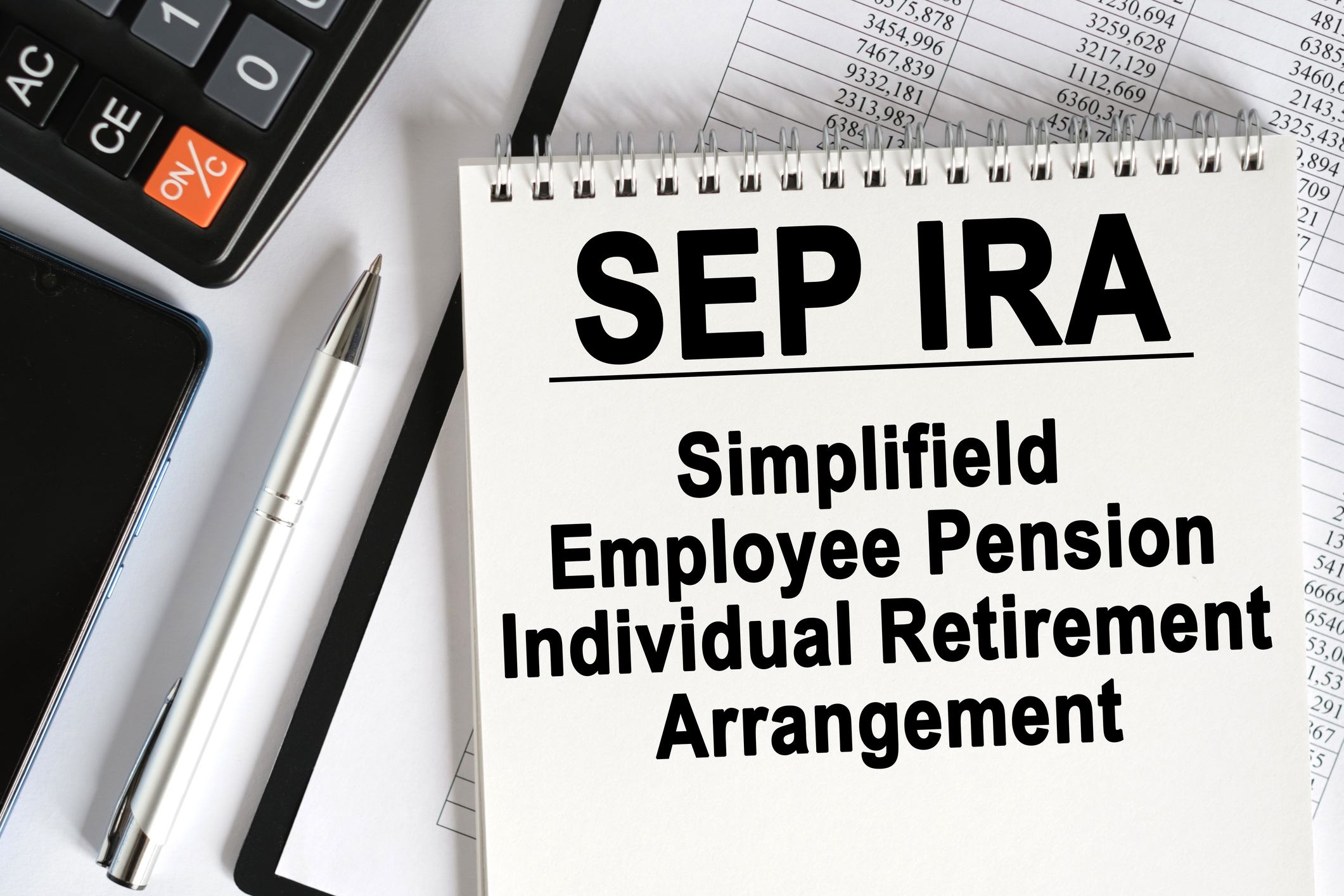The ABCs of Picking a Medigap Policy
You have numerous choices to fill the gaps of Medicare coverage.

Editor's note: This article is adapted from Kiplinger's Retirement Planning 2008 guide. Order your copy today.
If you decide to stick with traditional Medicare, you have numerous choices to fill the gaps in coverage. Medigap policies come in nine standardized versions. The price and coverage generally increase as you move through the alphabet from the basic Plan A through the more comprehensive Plan G. (Plans H, I and J, which include prescription-drug coverage, are no longer sold.) Plans K and L are high-deductible plans with lower premiums but more out-of-pocket costs.
The most popular choice is Plan F, which tends to have the best balance of coverage and price. In 2008, it covers Medicare's $256 daily co-payment for days 61 to 90 in a hospital. (Basic Medicare covers the first 60 days of a hospital stay.) Plan F also covers the $512 daily co-payment for days 91 to 150, and payment in full for 365 additional hospital days during your lifetime. It also covers the 20% co-payment for doctors' services and the cost of three pints of blood, as well as the $1,024 hospital deductible, the $128-a-day co-insurance for a skilled-nursing facility, the $135 Part B deductible, Part B excess charges, and emergency care outside the U.S.
From just $107.88 $24.99 for Kiplinger Personal Finance
Become a smarter, better informed investor. Subscribe from just $107.88 $24.99, plus get up to 4 Special Issues

Sign up for Kiplinger’s Free Newsletters
Profit and prosper with the best of expert advice on investing, taxes, retirement, personal finance and more - straight to your e-mail.
Profit and prosper with the best of expert advice - straight to your e-mail.
Because each plan with the same letter has exactly the same coverage, you can actually shop based on price. Most state insurance department Web sites list prices for medigap policies in your area (find links to your state insurance department on our insurance page). You can also use the Medicare Options Compare tool at Medicare.gov/mppf.
Then check the pricing method. Attained-age policies increase in price as you get older. Issue-age policies only increase prices because of health-care inflation, not because of your age. An issue-age policy may start out a little more expensive, but it will have fewer rate increases over time. Community-rated policies are similar to issue-age policies, but everyone in the area pays the same price regardless of age.
Pick the lowest-cost issue-age or community-rated policy. You may also want to buy a separate Medicare prescription-drug plan.
Profit and prosper with the best of Kiplinger's advice on investing, taxes, retirement, personal finance and much more. Delivered daily. Enter your email in the box and click Sign Me Up.

As the "Ask Kim" columnist for Kiplinger's Personal Finance, Lankford receives hundreds of personal finance questions from readers every month. She is the author of Rescue Your Financial Life (McGraw-Hill, 2003), The Insurance Maze: How You Can Save Money on Insurance -- and Still Get the Coverage You Need (Kaplan, 2006), Kiplinger's Ask Kim for Money Smart Solutions (Kaplan, 2007) and The Kiplinger/BBB Personal Finance Guide for Military Families. She is frequently featured as a financial expert on television and radio, including NBC's Today Show, CNN, CNBC and National Public Radio.
-
 Stocks Chop as the Unemployment Rate Jumps: Stock Market Today
Stocks Chop as the Unemployment Rate Jumps: Stock Market TodayNovember job growth was stronger than expected, but sharp losses in October and a rising unemployment rate are worrying market participants.
-
 Should You Renew Your CD?
Should You Renew Your CD?With rate cuts impacting earnings, we examine if now is a wise time to renew CDs.
-
 7 Ways to Plan Now to Save on Medicare IRMAA Surcharges Later
7 Ways to Plan Now to Save on Medicare IRMAA Surcharges LaterUnderstand the critical two-year lookback period and why aggressive planning before you enroll in Medicare is the most effective way to minimize IRMAA.
-
 457 Plan Contribution Limits for 2026
457 Plan Contribution Limits for 2026Retirement plans There are higher 457 plan contribution limits in 2026. That's good news for state and local government employees.
-
 Medicare Basics: 12 Things You Need to Know
Medicare Basics: 12 Things You Need to KnowMedicare There's Medicare Part A, Part B, Part D, Medigap plans, Medicare Advantage plans and so on. We sort out the confusion about signing up for Medicare — and much more.
-
 The Seven Worst Assets to Leave Your Kids or Grandkids
The Seven Worst Assets to Leave Your Kids or Grandkidsinheritance Leaving these assets to your loved ones may be more trouble than it’s worth. Here's how to avoid adding to their grief after you're gone.
-
 SEP IRA Contribution Limits for 2026
SEP IRA Contribution Limits for 2026SEP IRA A good option for small business owners, SEP IRAs allow individual annual contributions of as much as $70,000 in 2025, and up to $72,000 in 2026.
-
 Roth IRA Contribution Limits for 2026
Roth IRA Contribution Limits for 2026Roth IRAs Roth IRAs allow you to save for retirement with after-tax dollars while you're working, and then withdraw those contributions and earnings tax-free when you retire. Here's a look at 2026 limits and income-based phaseouts.
-
 SIMPLE IRA Contribution Limits for 2026
SIMPLE IRA Contribution Limits for 2026simple IRA For 2026, the SIMPLE IRA contribution limit rises to $17,000, with a $4,000 catch-up for those 50 and over, totaling $21,000.
-
 457 Contribution Limits for 2024
457 Contribution Limits for 2024retirement plans State and local government workers can contribute more to their 457 plans in 2024 than in 2023.
-
 Roth 401(k) Contribution Limits for 2026
Roth 401(k) Contribution Limits for 2026retirement plans The Roth 401(k) contribution limit for 2026 has increased, and workers who are 50 and older can save even more.